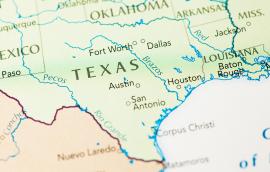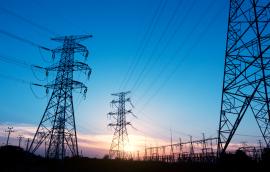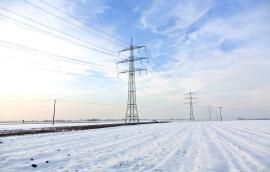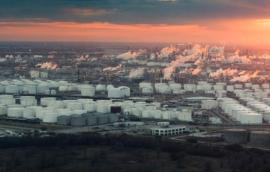Let’s Mess With Texas’ Power Market — And Make It Stronger
Energy experts suggest a few market design remedies to improve weatherization incentives following the deadly Texas freeze in 2021.
Peter R. Hartley, Jim Krane, Michael D. Maher, Kenneth B. Medlock III April 9, 2021





